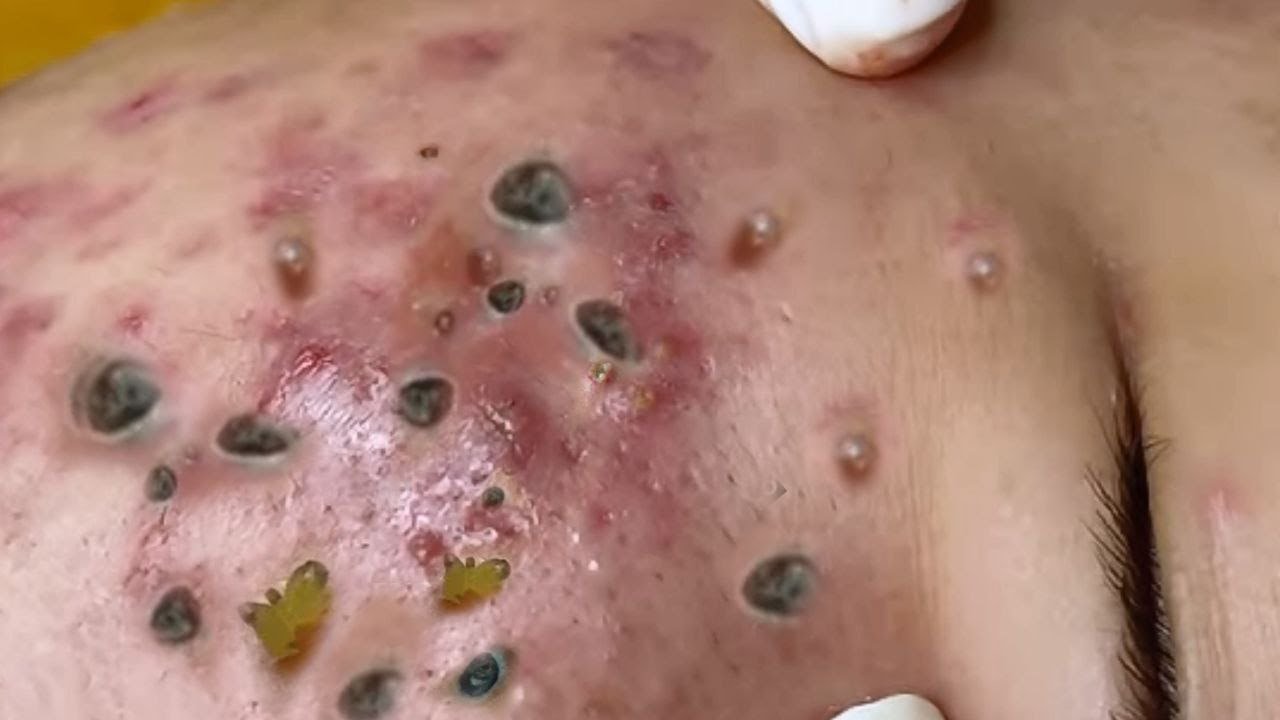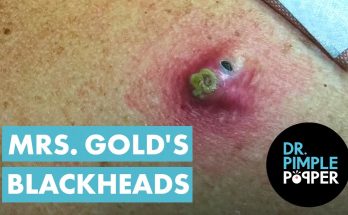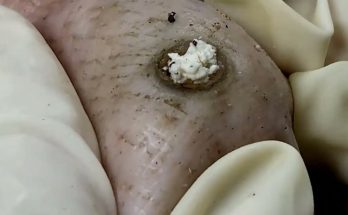Blackheads are a type of acne that appear as small, dark spots on the skin, usually on the face, nose, and forehead. They form when hair follicles become clogged with excess oil (sebum), dead skin cells, and debris. Unlike whiteheads, which are closed, blackheads occur when the clogged pore is open, and the exposure to air causes the oil to oxidize and turn dark.
How to Remove Blackheads
Removing blackheads can be done through various methods:
- Cleansing: Regular washing with a gentle cleanser can help reduce excess oil and prevent clogged pores.
- Exfoliation: Using exfoliants, such as scrubs or chemical exfoliants (like salicylic acid), can remove dead skin cells and prevent clogging.
- Pore strips: These strips are designed to remove blackheads by adhering to the oil and pulling them out when removed. However, they can be harsh on the skin.
- Extraction tools: Professional dermatologists can safely extract blackheads using specialized tools to avoid skin damage.
Prevention of Blackheads

To prevent blackheads, it’s essential to maintain a skincare routine:
- Cleanse twice a day to remove excess oil and dirt.
- Use non-comedogenic products, which are less likely to clog pores.
- Avoid touching your face to reduce the transfer of oils and bacteria from your hands.
- Keep your skin moisturized, as dehydration can lead to more oil production.
Treatment for Blackheads
For persistent blackheads, over-the-counter treatments containing salicylic acid, benzoyl peroxide, or retinoids can help treat clogged pores. If blackheads don’t improve, consulting a dermatologist is recommended for professional advice or prescription treatments.
By following these steps for removal, prevention, and treatment, you can reduce blackhead formation and maintain clearer skin.


